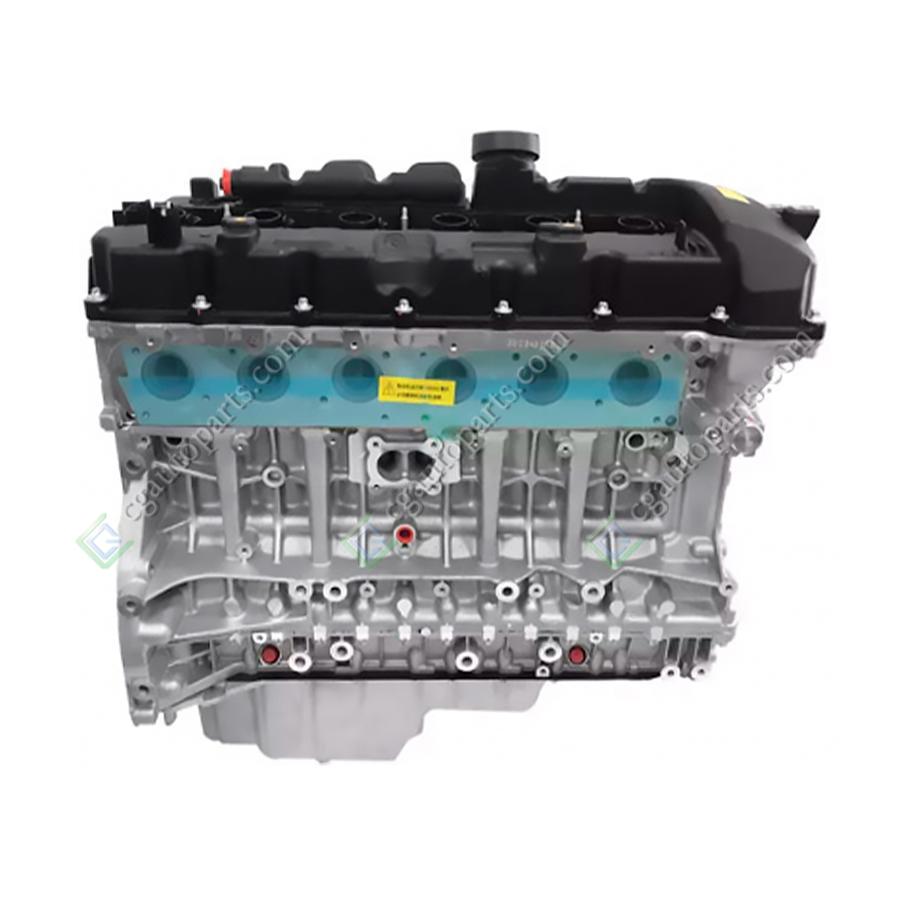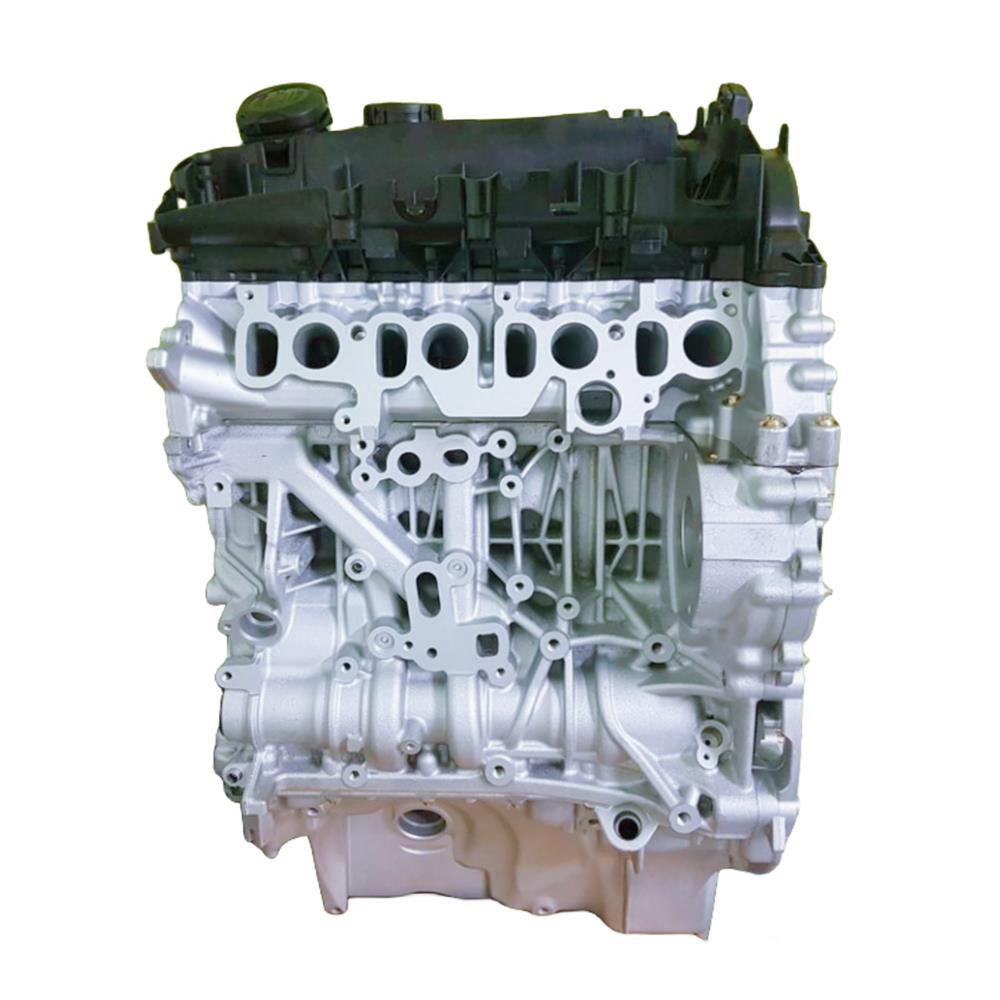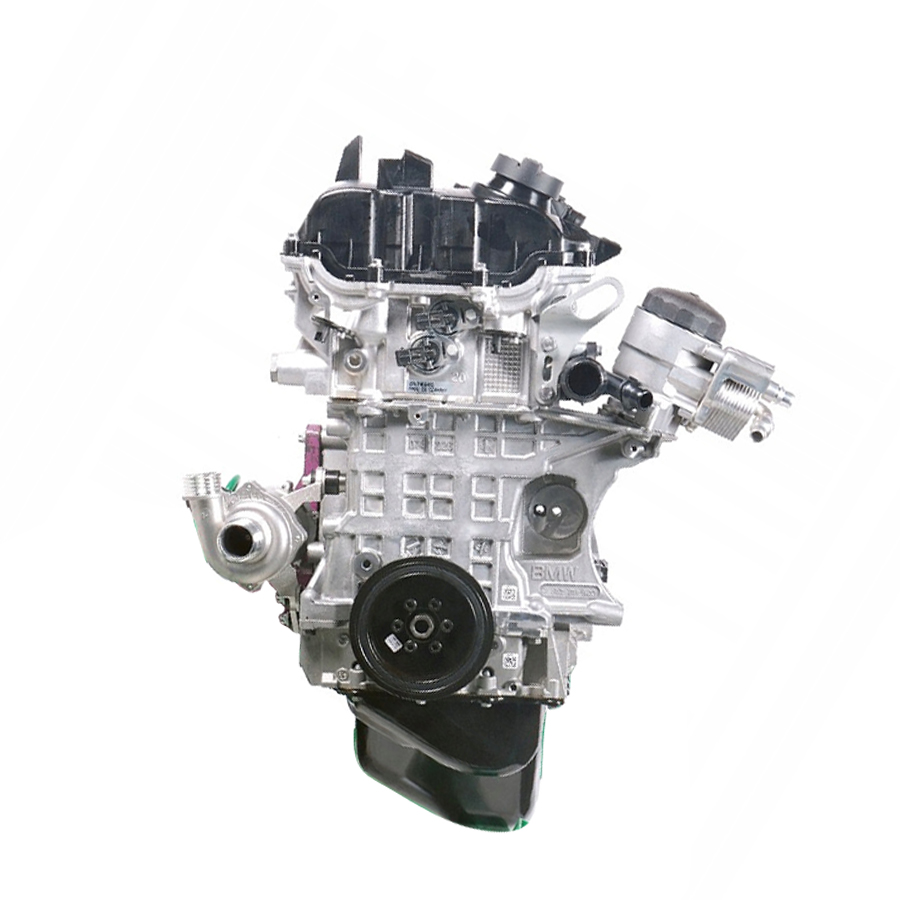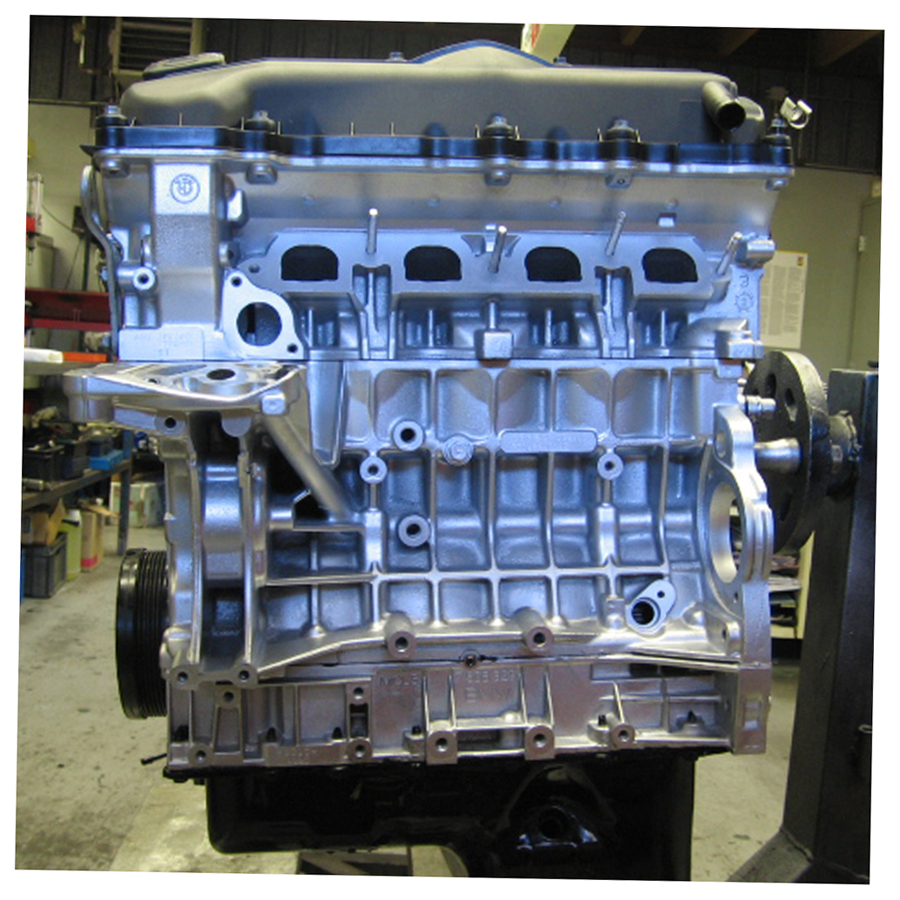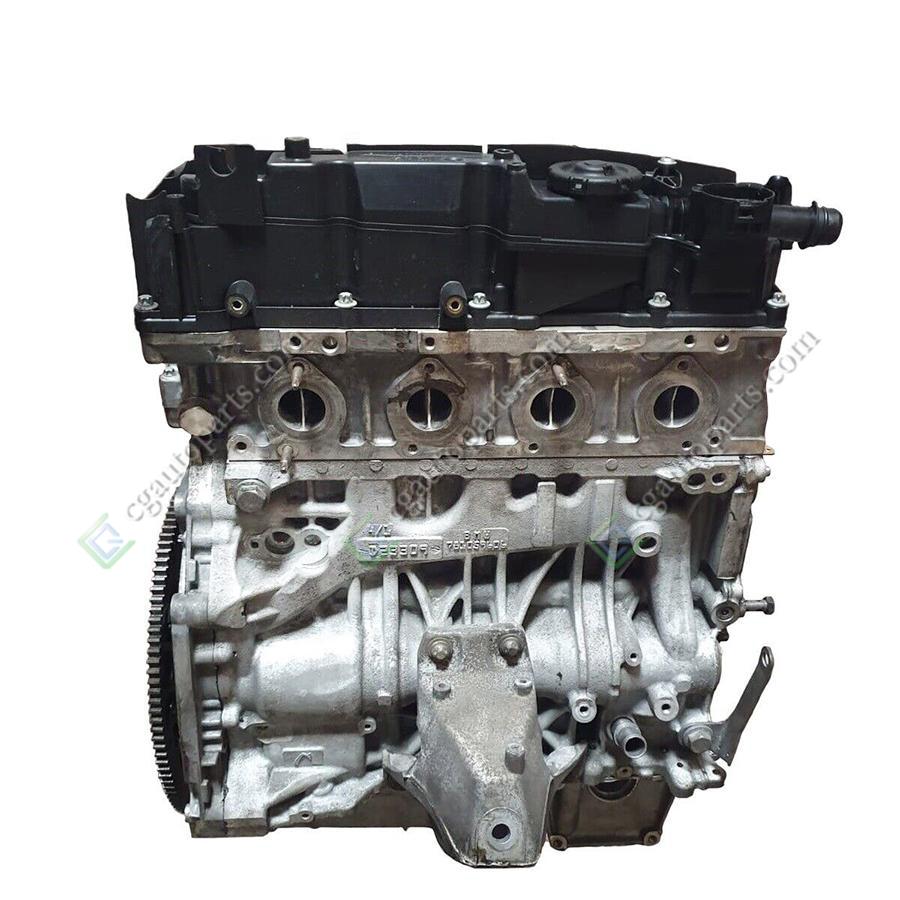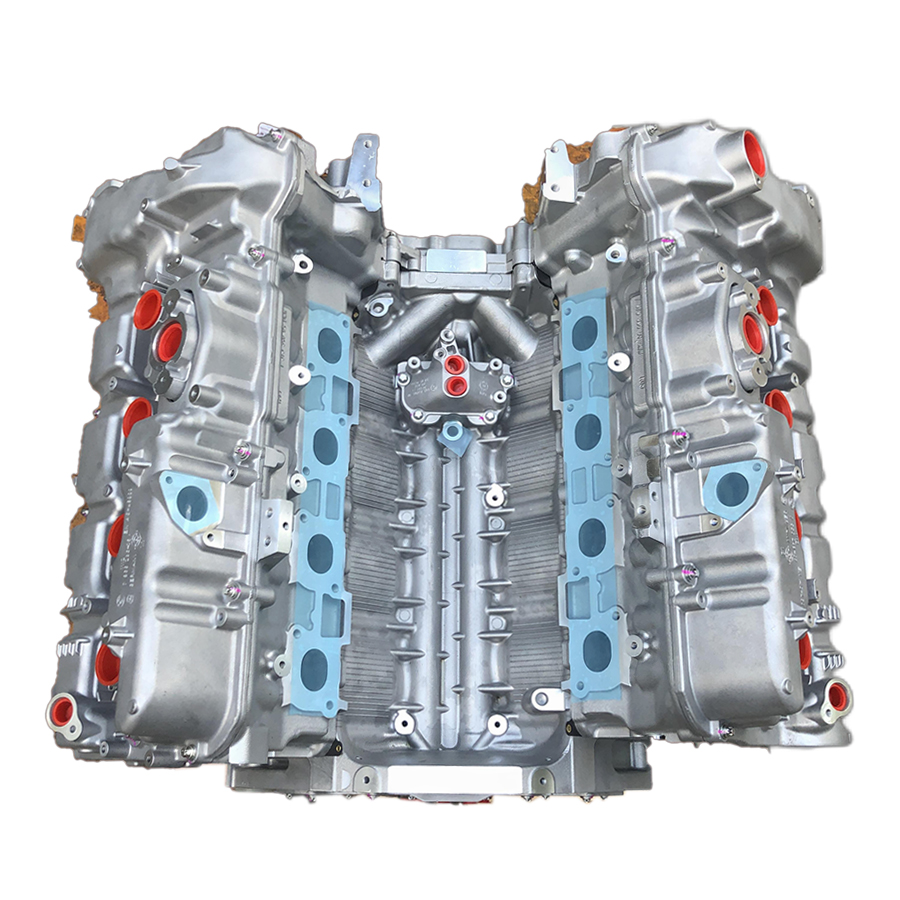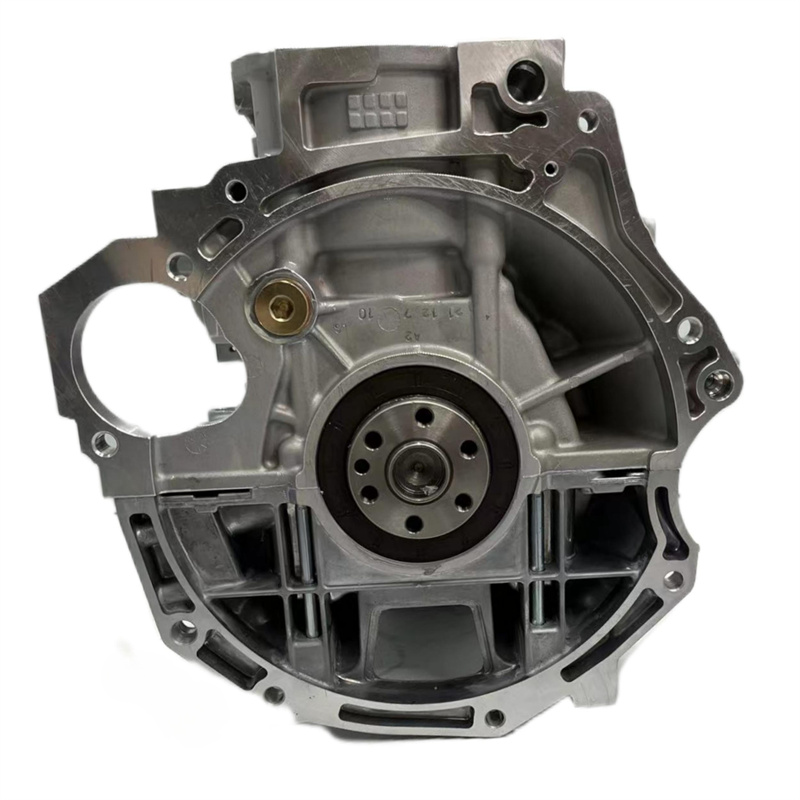0102030405
COMPLETE ENGINE : Engine Hyundai-Kia G4FG
PRODUCT INTRODUCTION
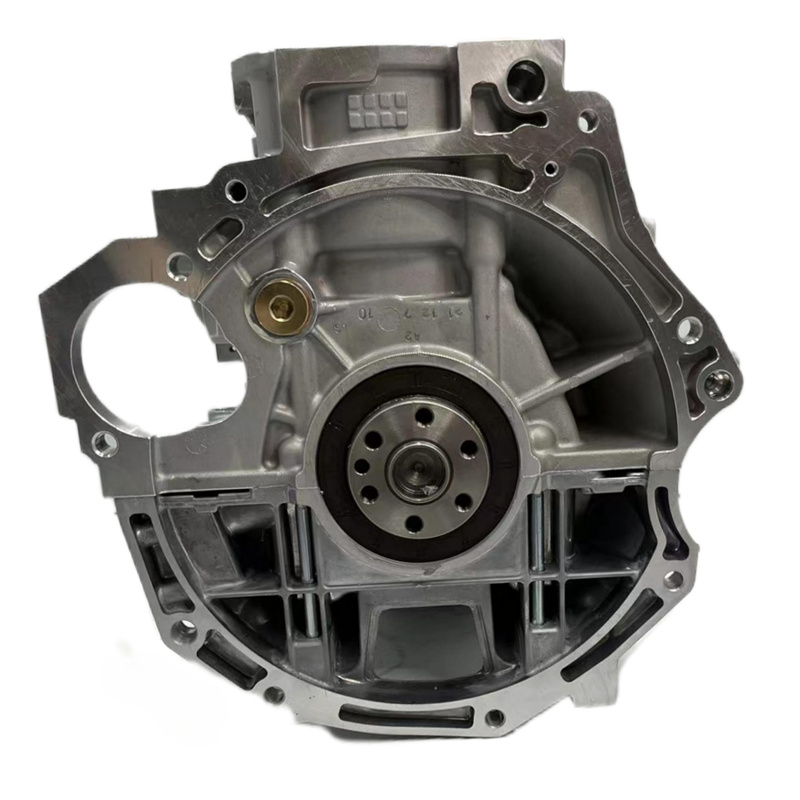

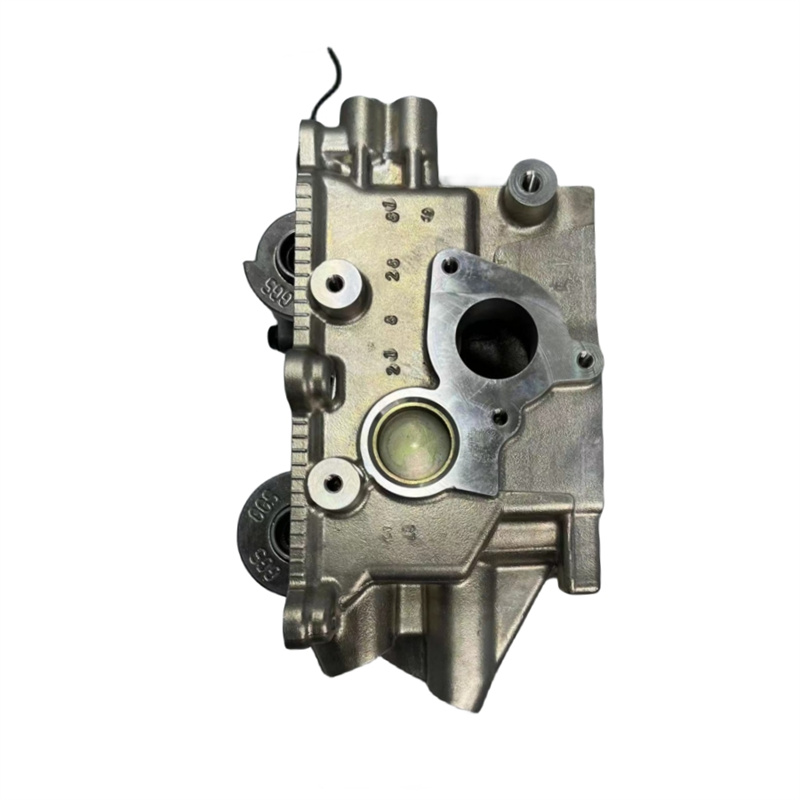
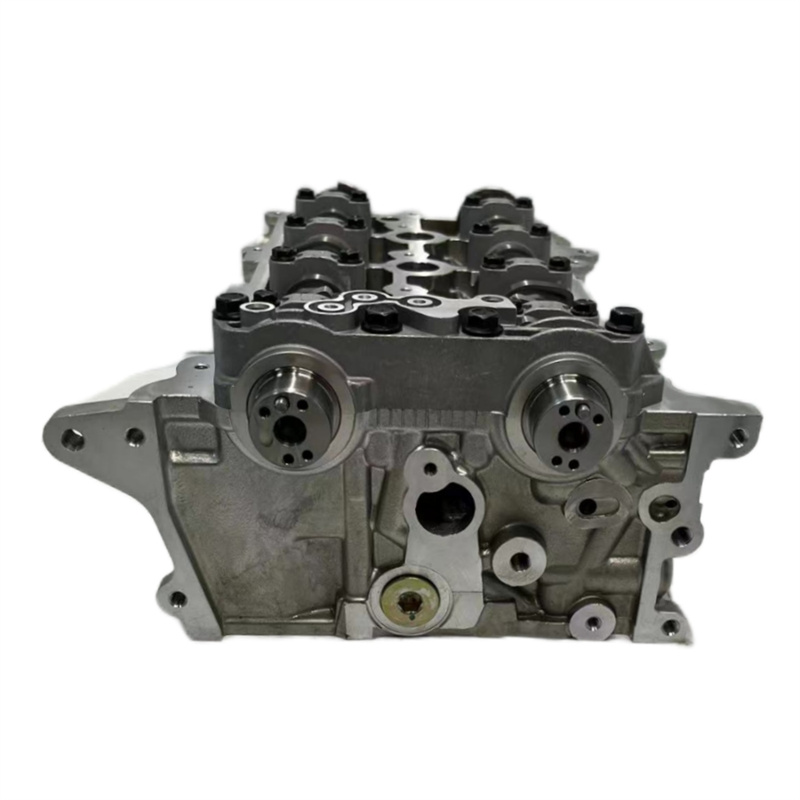
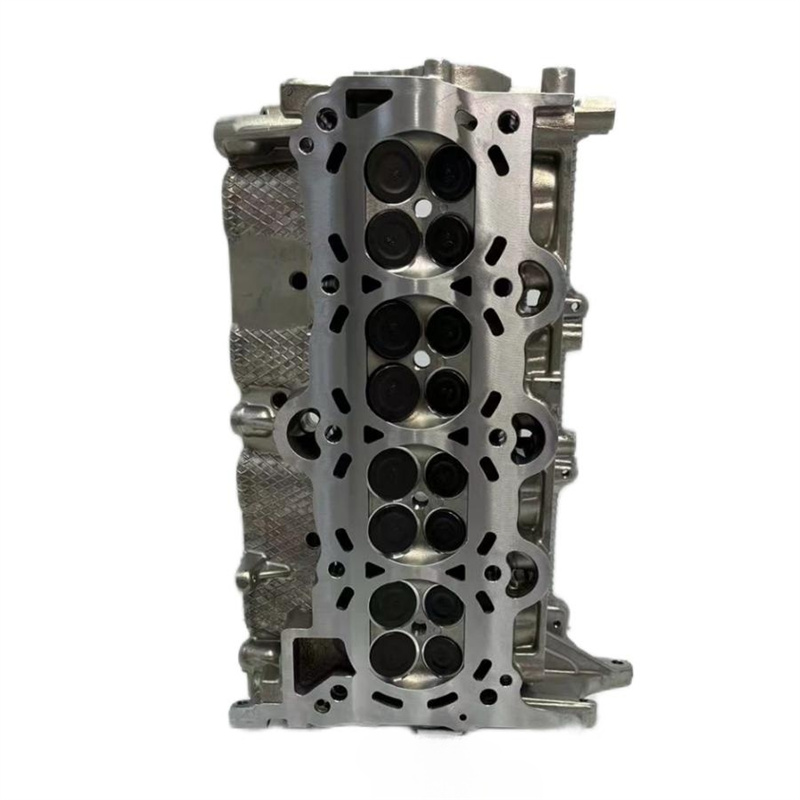
The 1.6-liter Hyundai G4FG engine has been produced at the concern’s Chinese plant since 2010 and is installed on many popular models, such as Elantra, Creta, Rio or Solaris. This unit belongs to the Gamma II line and in fact it is an updated version of the G4FC engine.
Gamma family: G4FA, G4FL, G4FS, G4FC, G4FD, G4FG, G4FJ, G4FM, G4FP, G4FT, G4FU.
In 2010, the engines of the Gamma II family debuted on the fifth generation of the Elantra model, and the first of them was a power unit with distributed fuel injection under the G4FG index. This motor was essentially an updated version of the G4FC and differed from it by the presence of a second phase regulator at the outlet and the design of the oil pump, it is built into the front cover. There is also a new intake manifold equipped with a VIS geometry change system. Otherwise, this is the same engine with an aluminum block, thin-walled cast-iron sleeves, an open cooling jacket, a 16-valve head without hydraulic lifters, a timing chain.
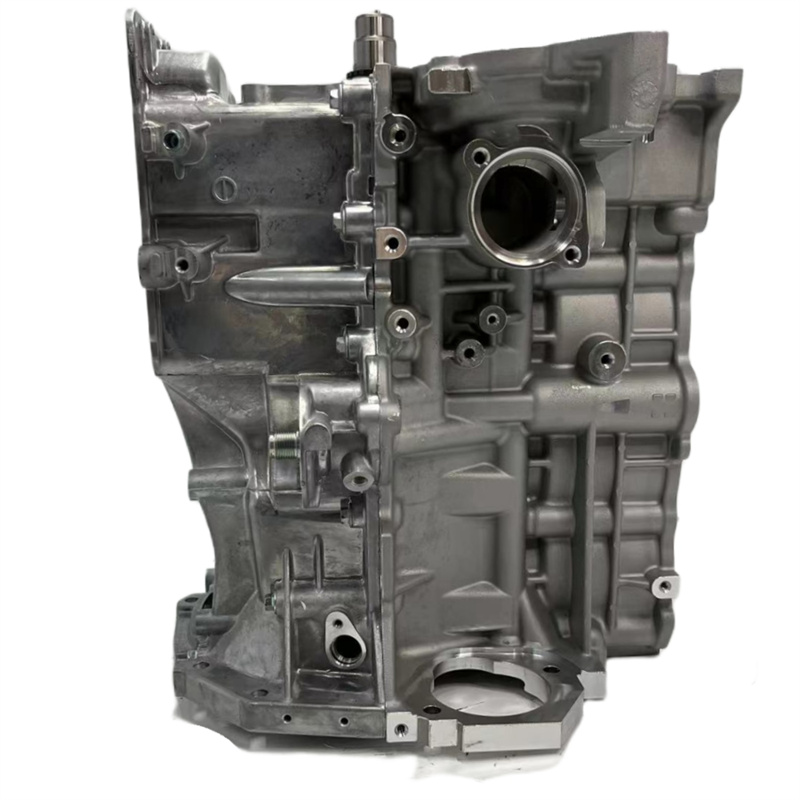
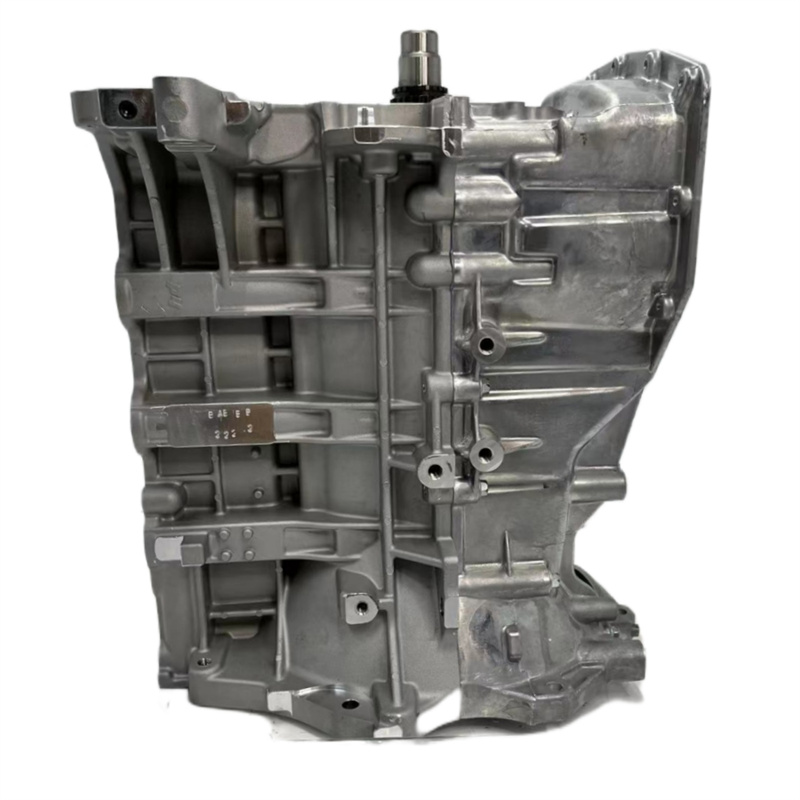
During the production process, this engine was repeatedly upgraded and the main innovation is the appearance in 2014 of a reliable bush-roller timing chain instead of a lamellar one.
Specifications
Production years |
since 2010 |
Displacement, cc |
1591 |
Fuel system |
distributed injection |
Power output, hp |
123 – 132 |
Torque output, Nm |
150 – 158 |
Cylinder block |
aluminum R4 |
Block head |
aluminum 16v |
Cylinder bore, mm |
77 |
Piston stroke, mm |
85.4 |
Compression ratio |
10.5 |
Features |
VIS |
Hydraulic lifters |
no |
Timing drive |
chain |
Phase regulator |
yes |
Turbocharging |
no |
Recommended engine oil |
0W-30, 5W-30 |
Engine oil capacity, liter |
3.7 |
Fuel type |
petrol |
Euro standards |
EURO 4/5 |
Fuel consumption, L/100 km (for Hyundai Elantra 2014) |
8.6 |
Engine lifespan, km |
~300 000 |
Weight, kg |
98.7 |
The engine was installed on
Hyundai Accent 5 (YC) since 2017;
Hyundai Creta 1 (GS) since 2015; Creta 2 (SU2) since 2021;
Hyundai Elantra 5 (MD) in 2010 – 2016; Elantra 6 (AD) since 2015; Elantra 7 (CN7) since 2020;
Hyundai i30 2 (GD) in 2011 – 2017; i30 3 (PD) since 2016;
Hyundai Solaris 2 (HC) since 2017;
Hyundai Veloster 1 (FS) in 2011 – 2017;
Kia Cerato 3 (YD) in 2014 – 2020; Cerato 4 (BD) since 2018;
Kia Rio 4 (FB) since 2017; Rio 4 (YB) since 2017;
Kia Rio X-Line 1 (FB) since 2017;
Kia Rio X 1 (FB) since 2020;
Kia Ceed 2 (JD) in 2012 – 2018;
Kia ProCeed 2 (JD) in 2013 – 2018;
Kia Soul 1 (AM) in 2011 – 2014; Soul 2 (PS) in 2014 – 2019;
Kia Seltos 1 (SP2) since 2020.
Disadvantages of the Hyundai G4FG engine
The most famous problem of the units of this family is seizures in the cylinders. A small catalytic converter for its quick warm-up is located close to the engine and in the event of destruction of the catalyst, its particles often enter the combustion chambers.
The cylinder block here is made of aluminum with an open cooling jacket and thin sleeves, the rigidity of which is low. And with active use or regular overheating, the cylinders often go in an ellipse, after which a progressive lubricant consumption appears.
On engines until 2014, there was a not very reliable lamellar timing chain, which often stretched to 150,000 km. Then came the bush-roller chain.
The disadvantages of this motor include the loud operation of the nozzles, the low resource of the engine mounts, frequent leaks from under the valve cover and floating speed due to throttle contamination.




